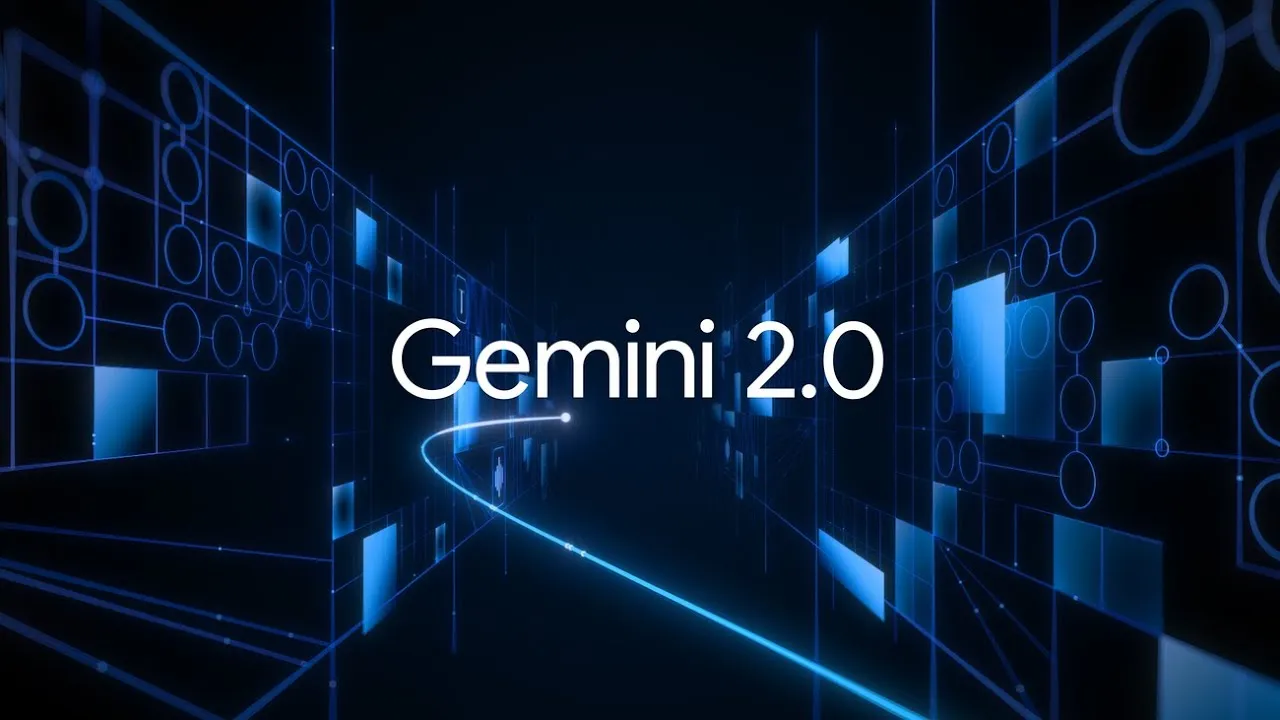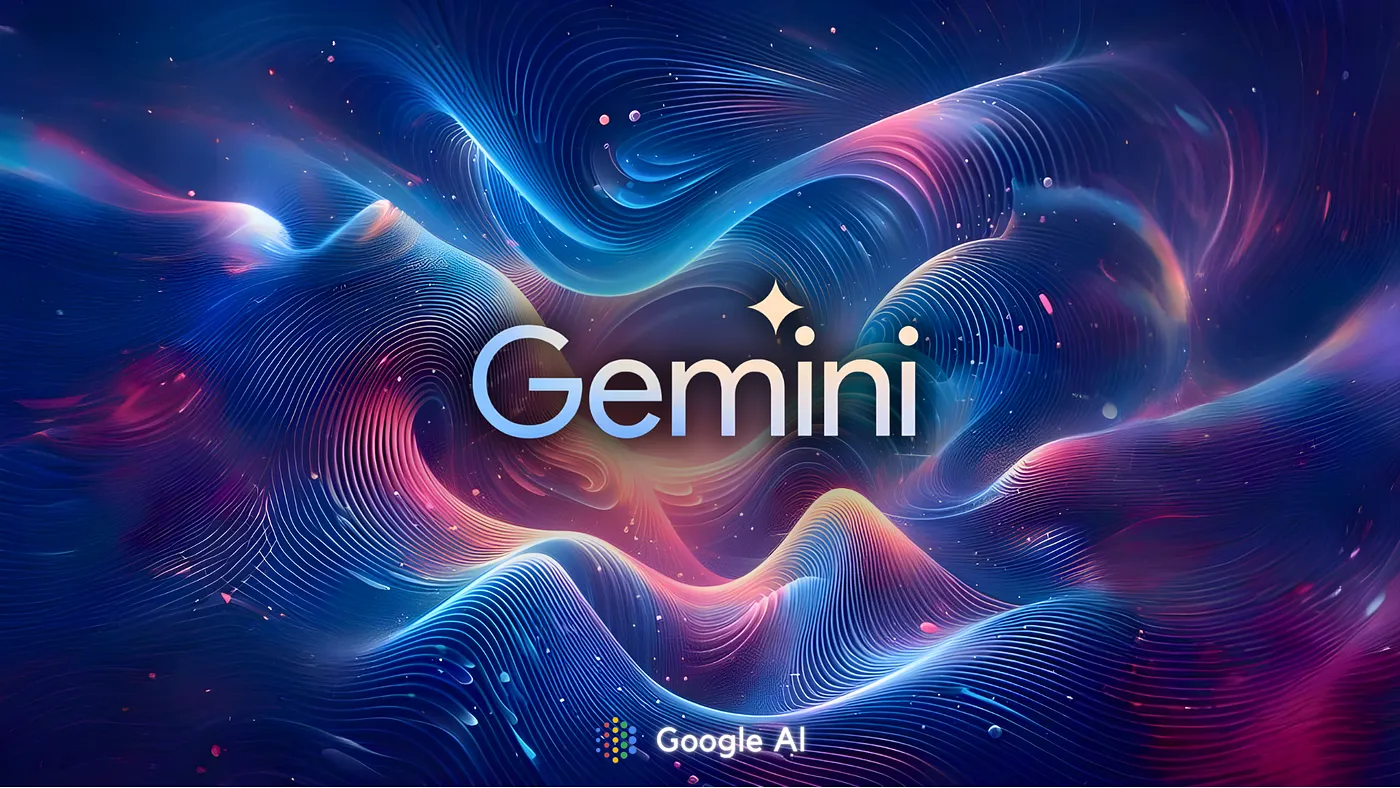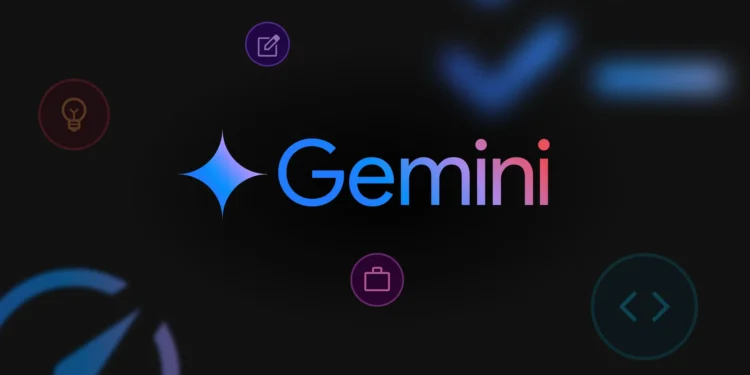In an exciting development for AI technology enthusiasts, Google’s Gemini chatbot app has just unveiled a new suite of powerful image-editing tools. The latest update allows users to modify both AI-generated images and those uploaded directly from their phones or computers. This functionality is set to roll out gradually, starting today, with full support across most countries and 45+ languages expected in the coming weeks.

This upgrade follows the viral launch of an AI image-editing model on Google’s AI Studio platform in March. The model gained significant attention — albeit controversially — due to its ability to remove watermarks from images. With the integration of these cutting-edge features into Gemini, the AI chatbot now boasts more than just the ability to generate images; it also provides users with the power to edit, transform, and fine-tune them with ease.
Gemini’s New Editing Flow: The Future of AI Image Creation
One of the standout features of the new Gemini update is its “multi-step” editing flow, which promises to deliver richer, more contextual responses for each user prompt. According to Google, this feature enables a more integrated experience where text and images blend seamlessly. Users can change the background of an image, replace objects, add elements, and much more. The company describes this process as one that produces “richer, more contextual” outputs that go beyond the capabilities of previous standalone image generators.
So, what does this mean in practical terms for users? Imagine uploading a personal photo and asking Gemini to generate an image showing what you would look like with a different hair color. Or perhaps you want to take a creative leap and request that Gemini generates a first draft of a bedtime story about dragons, complete with images to accompany the narrative.

Google is clearly pushing the envelope with this new feature, offering users a level of creativity and flexibility that could soon change how we interact with digital media on a daily basis.
Concerns Over Deepfake Technology: How Google Is Addressing the Risks
With the power to alter images so dramatically, there are valid concerns regarding the potential for misuse, particularly in the realm of deepfakes. However, Google has made efforts to address these concerns. To ensure transparency and security, the company has introduced an invisible watermark for all images created or edited using Gemini’s new image generation features. Additionally, Google is exploring the possibility of adding visible watermarks to further help users distinguish AI-generated content from real-world images.
Google’s approach is a step in the right direction to balance innovation with ethical responsibility, and it remains to be seen how these features will evolve as the rollout expands to more regions and languages.
The Future of Image Editing with Gemini: A New Creative Frontier
The launch of Gemini’s upgraded image-editing tools is a glimpse into the future of digital content creation. From casual users experimenting with photo edits to professional designers and creators pushing the boundaries of their craft, Gemini provides a flexible platform that is accessible to a wide range of users.

Google’s focus on providing richer and more contextual outputs, combined with its efforts to address deepfake concerns, positions Gemini as a strong contender in the rapidly evolving AI landscape. As the rollout continues, it will be fascinating to see how this new technology shapes the way we think about image manipulation and AI-generated content.










